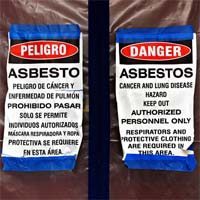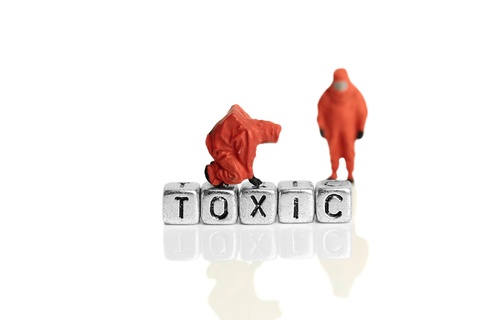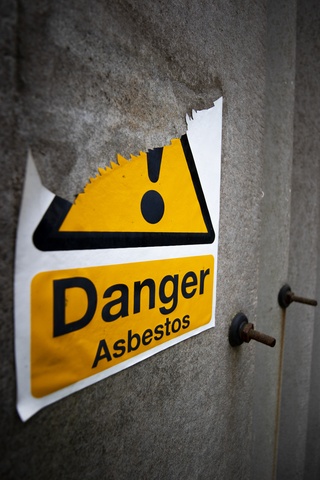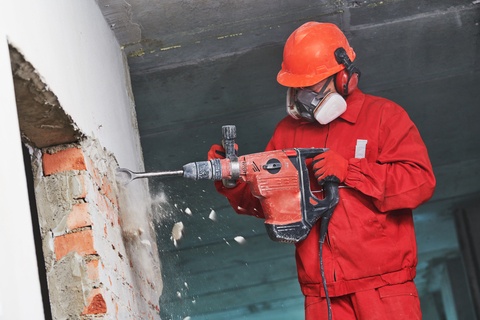Is Mesothelioma Still A Big Problem Worldwide?
Even though the number of people getting mesothelioma and dying from it has gone down in recent years, it is still a big problem in many parts of the world. This is the finding of an international team of scientists. The authors of this study are from South Korea, Sweden, Spain, France, Germany, and the United Kingdom. These scientists wanted to find out how many people get mesothelioma and how many people die from it. They also wanted to know how it affects different groups of people based on things like age and where they live. Harmful Use of Asbestos Mesothelioma is a type of cancer caused by asbestos, a harmful material that was used a lot after World War…









